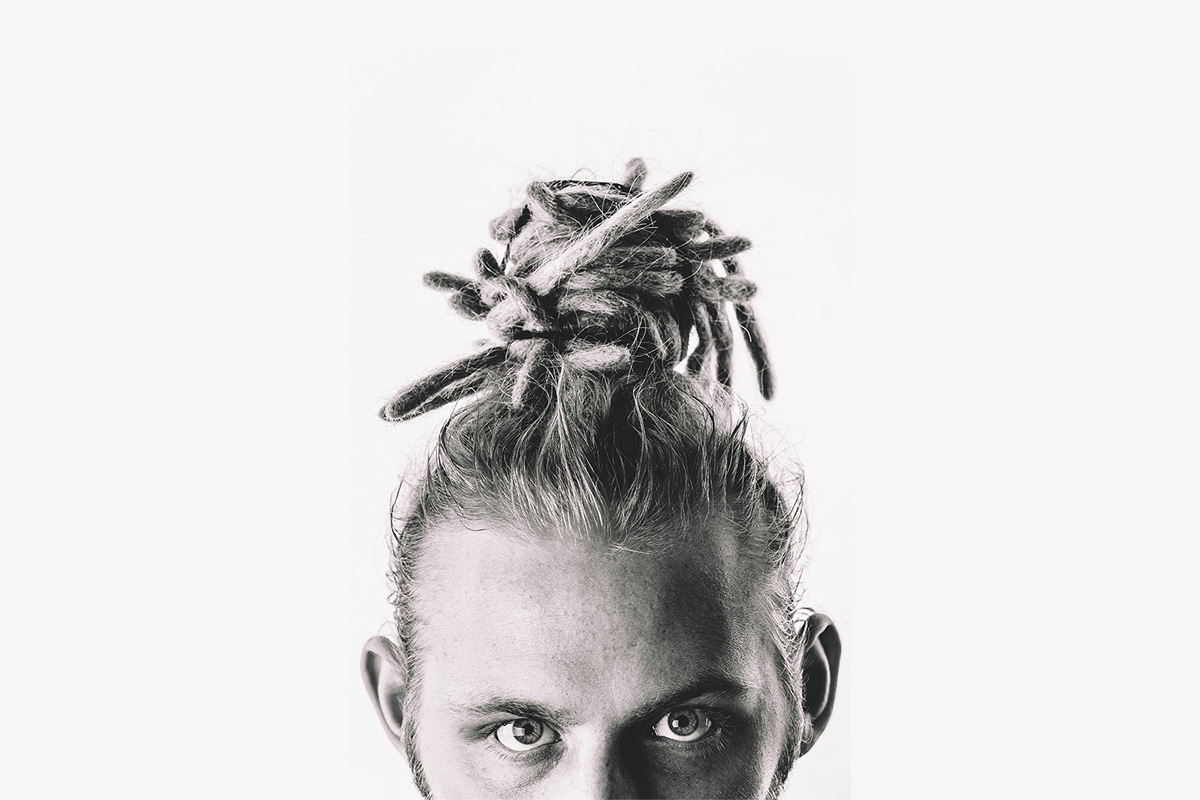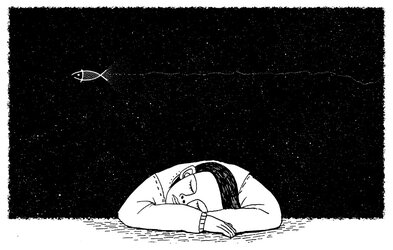
Quality of life and healthcare
Revolutionizing Hair Care: The Latest Digital Innovations in Dermatology
- 8 Min
- 1669
In recent years, the field of dermatology has witnessed remarkable advancements, particularly in the realm of hair care. Hair, often regarded as a symbol of health and vitality, plays a significant role in an individual's appearance and self-esteem. Consequently, the demand for effective hair care solutions has been steadily rising. Traditional methods of diagnosing and treating hair conditions have often fallen short in providing personalized and efficient care. However, the advent of digital technology is revolutionizing the landscape of hair care, offering new hope to millions.
Digital technology in dermatology, particularly for hair care, encompasses a range of innovative tools and techniques designed to improve diagnosis, treatment, and patient management. From artificial intelligence (AI) and machine learning to teledermatology and patient-centered applications, these advancements are setting new standards in the field. The integration of these technologies not only enhances the precision and effectiveness of treatments but also ensures a more personalized approach to patient care.
Advancements in Digital Hair Care Technology
The rapid advancement of digital technology is reshaping many sectors, and dermatology is no exception. Hair care, a crucial aspect of dermatology, has benefited immensely from recent innovations.
One of the most exciting developments is the integration of AI and machine learning into diagnostic tools. AI algorithms, trained on vast datasets of hair and scalp conditions, can now accurately diagnose issues such as alopecia, dandruff, and scalp psoriasis. These AI-driven tools analyze high-resolution images to detect patterns and anomalies that might be missed by the human eye. For instance, TrichoLab, a German company, has developed an AI-based platform that provides dermatologists with detailed hair and scalp analyses, leading to more accurate diagnoses and tailored treatment plans.
In addition to diagnostics, digital technology has revolutionized the way treatments are administered. One notable innovation is the use of laser therapy for hair growth. Devices like the HairMax LaserBand employ low-level laser therapy (LLLT) to stimulate hair follicles and promote regrowth. Recent advancements have made these devices more effective and user-friendly, with built-in sensors to ensure optimal usage.
Another groundbreaking development is the use of 3D printing technology in creating customized scalp prosthetics. This technology enables the production of hairpieces that perfectly match the patient's scalp contours and hair texture, providing a natural and comfortable solution for individuals suffering from severe hair loss. Companies like Cesare Ragazzi Laboratories are at the forefront of this innovation, offering bespoke hair systems that integrate seamlessly with the patient's existing hair.
Teledermatology has also gained prominence, especially in the wake of the COVID-19 pandemic. Platforms like DermaSight offer virtual consultations, allowing patients to receive expert advice and treatment plans from the comfort of their homes. This approach not only increases accessibility but also enables continuous monitoring of hair conditions through digital follow-ups.
Moreover, digital tools for patient education and engagement have seen significant improvements. Apps like MySkinPal provide users with personalized hair care routines, reminders for medication, and progress tracking, ensuring adherence to treatment plans. These tools empower patients to take an active role in their hair care journey, leading to better outcomes.
AI and Machine Learning in Hair Care
Artificial intelligence (AI) and machine learning have emerged as game-changers in the field of dermatology, especially in the realm of hair care. These technologies are not only enhancing the precision of diagnoses but also transforming treatment methodologies, leading to more personalized and effective care for patients.
AI and machine learning algorithms have been trained on extensive datasets comprising thousands of images and case studies of various hair and scalp conditions. These algorithms can analyze high-resolution images of a patient’s hair and scalp, identifying patterns and anomalies with remarkable accuracy. For instance, a study published in the Journal of the American Academy of Dermatology in early 2023 highlighted an AI model that outperformed dermatologists in diagnosing androgenetic alopecia, one of the most common types of hair loss. The model's accuracy in detecting the condition was 92%, compared to the 86% accuracy rate of experienced dermatologists.
One notable application of AI in hair care is the development of personalized treatment plans. By analyzing a patient’s specific condition and comparing it with a vast database of similar cases, AI can suggest the most effective treatment options. This approach ensures that patients receive treatments that are tailored to their unique needs, improving outcomes and reducing the trial-and-error period commonly associated with traditional treatments.
Machine learning also plays a crucial role in predicting treatment outcomes. Predictive analytics, powered by machine learning, can forecast how a patient’s hair condition will respond to various treatments, helping dermatologists make informed decisions.
Teledermatology for Hair Care
The rise of teledermatology has significantly impacted the field of hair care, offering a convenient and accessible way for patients to receive expert advice and treatment without the need for in-person visits. Teledermatology involves the use of digital communication technologies to deliver dermatological care remotely. This approach has gained tremendous momentum, particularly during the COVID-19 pandemic, as it allows for continuous care while minimizing the risk of infection.
One of the primary benefits of teledermatology is its ability to reach patients in remote or underserved areas. Individuals who previously had limited access to dermatologists can now consult with specialists through video calls, share high-resolution images of their hair and scalp, and receive prompt diagnoses and treatment plans.
Moreover, teledermatology facilitates ongoing monitoring and follow-up care. Patients can regularly update their dermatologists on their condition and progress, ensuring timely adjustments to treatment plans if necessary. This continuous interaction not only enhances the effectiveness of treatments but also fosters a stronger patient-doctor relationship.
However, teledermatology also presents certain challenges. The accuracy of remote diagnoses depends heavily on the quality of images and the patient's ability to accurately describe their symptoms. In some cases, the lack of physical examination can limit the dermatologist's ability to make a definitive diagnosis. Additionally, technical issues such as poor internet connectivity can hinder the effectiveness of virtual consultations.
Despite these challenges, the benefits of teledermatology in treating hair disorders are substantial. It offers a flexible, accessible, and efficient way to manage hair conditions, particularly for those who might otherwise face barriers to in-person care. As digital communication technologies continue to evolve, the scope and effectiveness of teledermatology are likely to expand further, making it an integral part of modern dermatological practice.
Patient-Centered Digital Solutions
Patient-centered digital solutions are revolutionizing the way hair care is delivered, focusing on enhancing patient experiences and ensuring more effective and personalized treatments. These solutions empower patients to take an active role in managing their hair health, leading to improved outcomes and greater satisfaction.
One of the key ways digital solutions enhance patient experiences is through the use of mobile applications. They offer users personalized hair care routines, medication reminders, and progress-tracking features. These tools not only help patients adhere to their treatment plans but also provide valuable insights into their hair health over time. By tracking their progress, patients can see tangible improvements, which boosts their motivation and engagement with the treatment process.
Another example is the use of virtual reality (VR) and augmented reality (AR) in patient education. VR and AR technologies can simulate various hair conditions and treatment scenarios, helping patients understand their conditions better and visualize potential outcomes of different treatments. This interactive approach to patient education fosters a deeper understanding and helps alleviate anxieties related to hair care procedures. Telehealth platforms also contribute significantly to patient-centered care by offering virtual consultations. These platforms enable patients to consult with dermatologists from the comfort of their homes, making it easier to access expert advice and treatment plans. Additionally, telehealth services provide continuous monitoring and follow-up care, ensuring that patients receive timely adjustments to their treatment plans as needed. Moreover, AI-powered chatbots and virtual assistants are being increasingly integrated into digital hair care solutions. These tools can answer common patient queries, provide basic advice, and even schedule appointments, making the healthcare experience more convenient and responsive.
Future Trends and Predictions
The future of digital hair care technology looks incredibly promising, with several trends set to redefine the landscape of dermatology. One significant trend is the continued integration of AI and machine learning into all aspects of hair care. As these technologies evolve, they will offer even more accurate diagnostics, personalized treatment plans, and predictive analytics, making hair care more precise and effective.
Another trend is the expansion of teledermatology. As digital communication technologies advance, teledermatology platforms will become more sophisticated, offering high-definition video consultations and real-time imaging capabilities. This will further enhance the accessibility and convenience of dermatological care, particularly for hair conditions.
Wearable technology is also expected to play a larger role in hair care. Devices that monitor scalp health and hair growth in real-time will provide valuable data that can be used to adjust treatments dynamically. These wearables will offer patients continuous insights into their hair health, allowing for proactive management of hair conditions. Additionally, the development of personalized genomic medicine will revolutionize hair care. By analyzing a patient’s genetic makeup, dermatologists will be able to tailor treatments to the individual’s specific genetic predispositions, leading to more effective and personalized care.
Grigor Chakmishyan
Grigor is a Digital Health student with a background in Medicine and Molecular Biology. He has been living and studying in Germany for a little over a year and is currently focused on his thesis about Digital Health Applications. Grigor is a health enthusiast, chess player, and a beginner AI Artist. If you want to get more inspiration, feel free to check out his AI art on Instagram - @eaglesgift_










